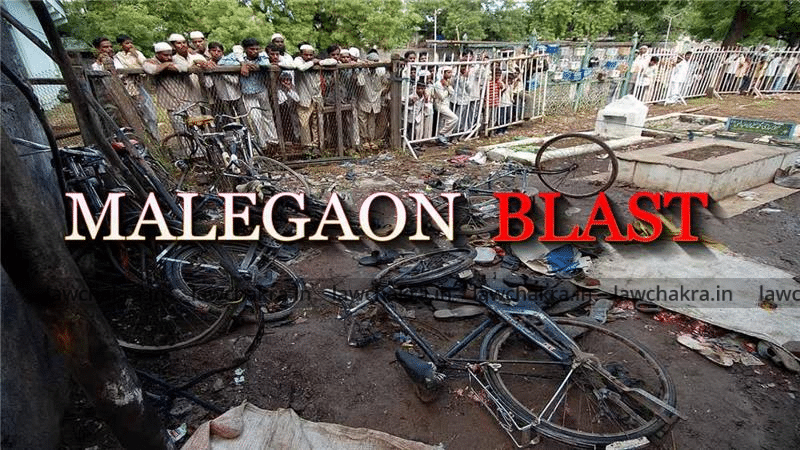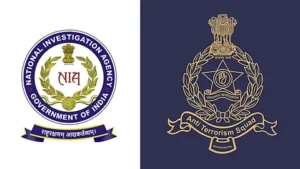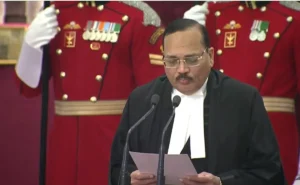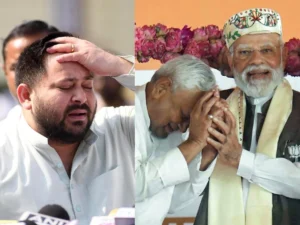The complex legal drama surrounding the Malegaon blasts case takes another dramatic twist as contradictory investigations emerge. A trial court recently highlighted stark differences between two major investigative agencies working the same case. These conflicting findings raise serious questions about investigative integrity and judicial processes across India’s legal system.
Understanding the Background of This Complex Case
The Malegaon blasts occurred in September 2008, targeting innocent civilians during religious festivities in Maharashtra state. Multiple bombs exploded simultaneously, killing six people and injuring dozens more in this tragic terrorist attack. The incident shocked the entire nation and prompted immediate investigations by multiple law enforcement agencies.
Initially, the Anti-Terrorism Squad handled the primary investigation into these devastating explosions targeting the Muslim community. Later, the National Investigation Agency took control of the case, bringing fresh perspectives and different investigative approaches. This transfer of responsibility would later create significant complications in the legal proceedings.
The case gained national attention due to allegations involving right-wing extremist groups rather than traditional terrorist organisations. Several prominent figures faced accusations, including religious leaders and political activists from various backgrounds. The investigation’s direction shifted dramatically as different agencies pursued conflicting theories about the perpetrators.
Key Differences Between Agency Investigations Revealed
The trial court recently examined findings from both investigating agencies, revealing substantial contradictions in their conclusions. The ATS initially focused on certain suspects and developed specific theories about the attack’s planning and execution. Their investigation pointed toward particular groups and individuals as primary suspects in this case.
Meanwhile, the NIA approached the case with entirely different methodologies and reached contrasting conclusions about responsibility. Their investigation challenged previous findings and suggested alternative theories about who orchestrated these deadly attacks. These divergent approaches created confusion and legal complications that continue affecting the proceedings.
Evidence collection methods differed significantly between the two agencies, leading to conflicting interpretations of crucial facts. Witness testimonies were handled differently, creating discrepancies in statements and timeline reconstructions throughout the investigation process. Forensic analysis also varied between agencies, producing different technical conclusions about the explosives used.
Critical Issues Highlighted by the Court
The court’s observations reveal fundamental problems within India’s multi-agency investigation system for terrorism cases. Coordination failures between different law enforcement bodies often compromise case integrity and delay the delivery. These institutional challenges affect numerous high-profile cases across the country’s judicial system.
Key concerns identified include:
- Inconsistent evidence handling procedures between agencies
- Conflicting witness statement interpretations and documentation
- Different forensic analysis standards and methodologies
- Lack of proper communication between investigating teams
- Overlapping jurisdictions are causing procedural complications
The judge specifically noted how these different conclusions undermine public confidence in the investigative process overall. Citizens expect consistent, thorough investigations that lead to credible outcomes regardless of which agency handles the case. When agencies reach opposing conclusions, it raises questions about competence and potential bias.
Impact on Legal Proceedings and Justice Delivery
These investigative discrepancies significantly complicate the trial proceedings and could affect the determination of the final verdict. Defence attorneys can exploit these contradictions to challenge prosecution evidence and create reasonable doubt about guilt. The court must carefully evaluate conflicting findings while ensuring justice for victims and their families.
Legal experts worry that such cases set dangerous precedents for future terrorism investigations across the country. When multiple agencies investigate the same incident but reach different conclusions, it weakens the entire criminal justice system. Public trust in law enforcement capabilities suffers when such fundamental disagreements become public knowledge.
The delay in reaching final conclusions also affects victims’ families, who deserve timely justice and closure. Prolonged legal battles due to investigative conflicts prevent healing and resolution for those affected by these tragic events. Swift, consistent investigations serve justice better than conflicting approaches that create uncertainty.
Broader Implications for India’s Investigation System
This case highlights systemic issues within India’s approach to handling complex terrorism investigations involving multiple agencies. Clear protocols and coordination mechanisms need development to prevent similar conflicts in future high-profile cases. Better communication channels between agencies could eliminate many of these procedural problems.
Training standardisation across different investigative bodies could help ensure consistent methodologies and evidence handling procedures. When agencies follow similar protocols, their findings should align more closely rather than contradict each other. This approach would strengthen overall case quality and public confidence.
The Malegaon blasts case demonstrates the urgent need for investigative reform and better inter-agency coordination mechanisms. Victims and their families deserve investigations that produce reliable, consistent findings rather than conflicting theories about responsibility. The court’s observations serve as a wake-up call for systemic improvements.
Moving Forward: Lessons Learned and Reforms Needed
As this case continues through the legal system, it offers valuable lessons about investigative best practices. Future terrorism cases require clear agency roles, consistent methodologies, and better coordination to avoid similar conflicts. The judicial system must also adapt to handle cases where agencies disagree.
Reform initiatives should focus on creating unified standards for evidence collection, witness handling, and forensic analysis across agencies. Regular training updates and coordination exercises could help different investigative bodies work together more effectively. These changes would benefit not only terrorism cases but all complex criminal investigations.
The trial court’s observations about different conclusions between the ATS and NIA underscore the critical importance of investigative consistency. Justice depends on reliable, thorough investigations that produce credible findings regardless of which agency conducts them. This case will likely influence future reforms in India’s investigative procedures.








Be First to Comment